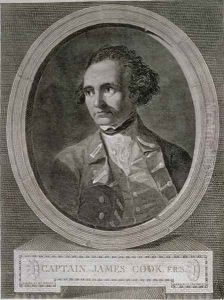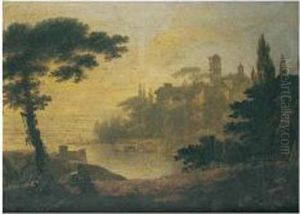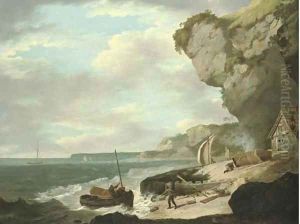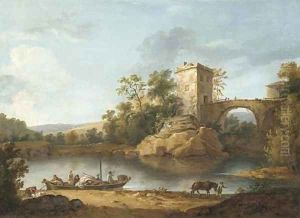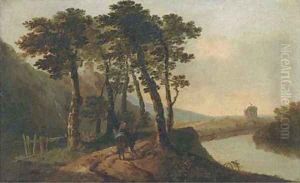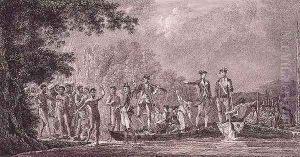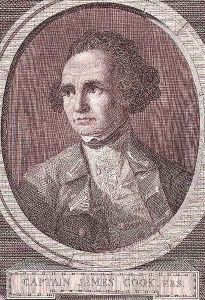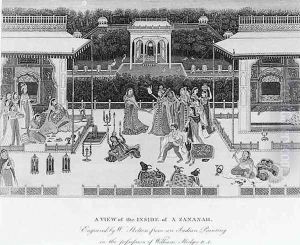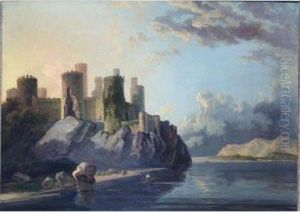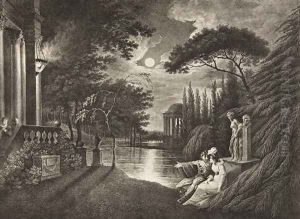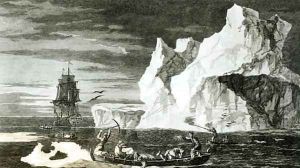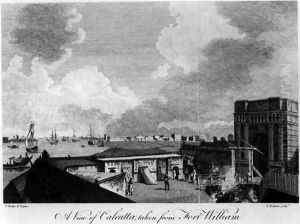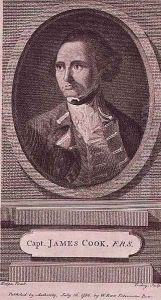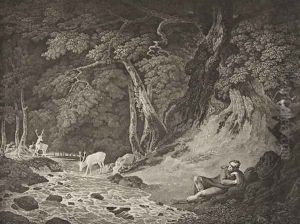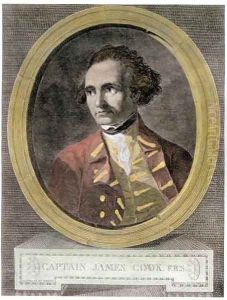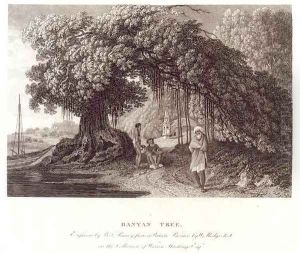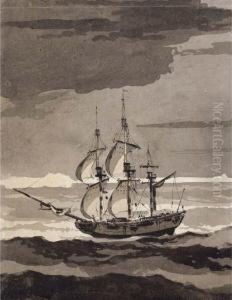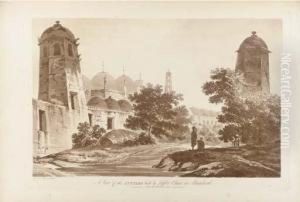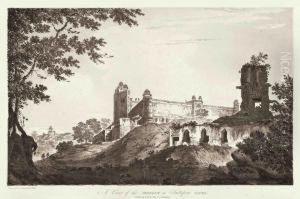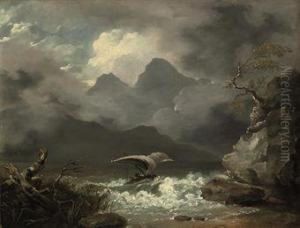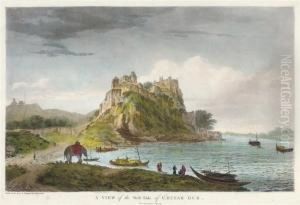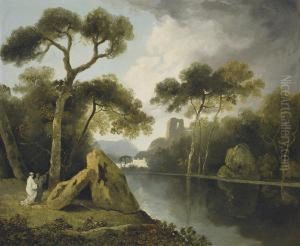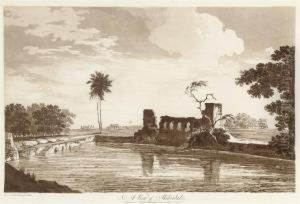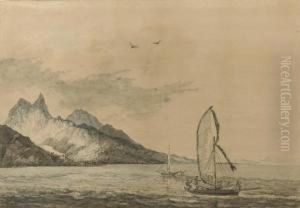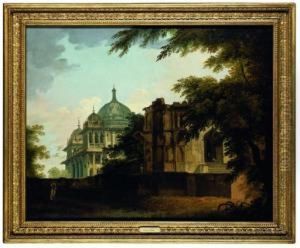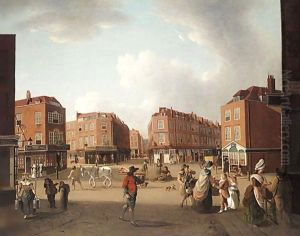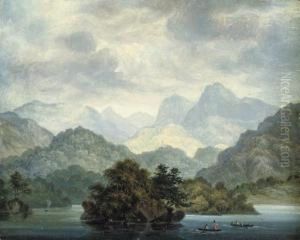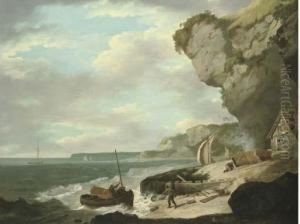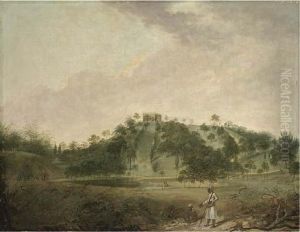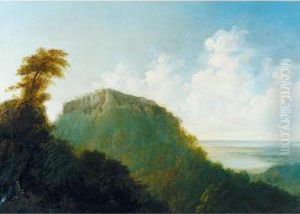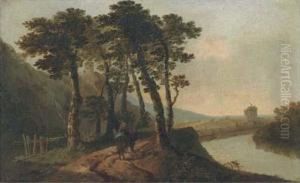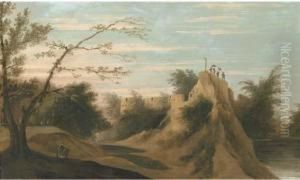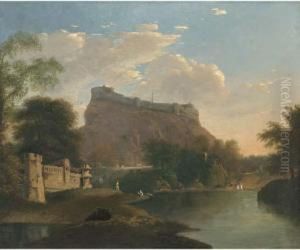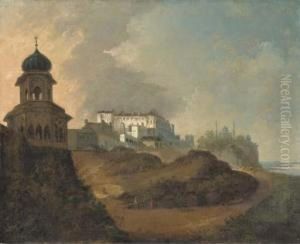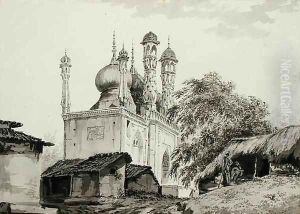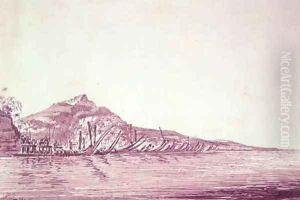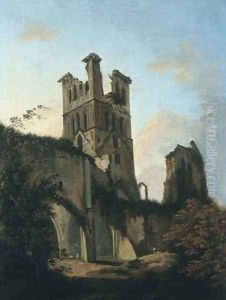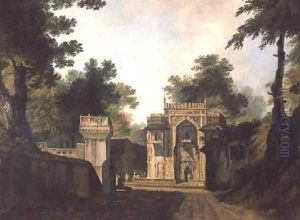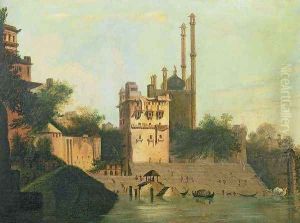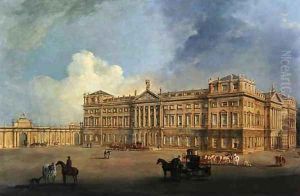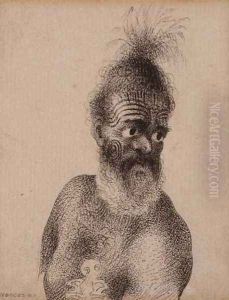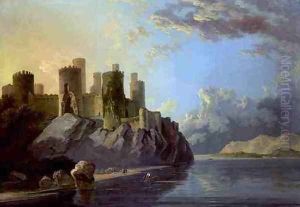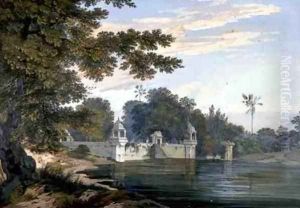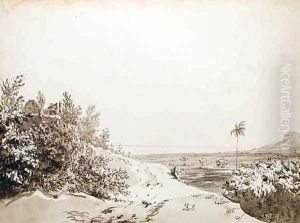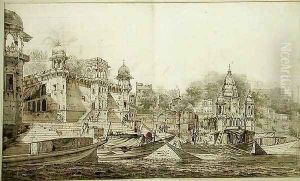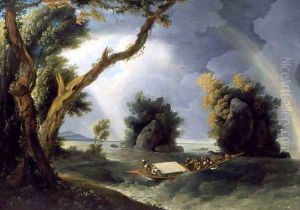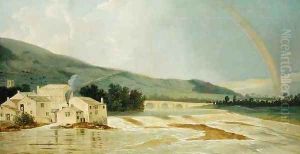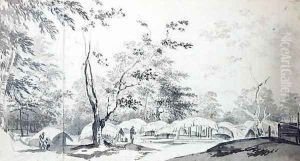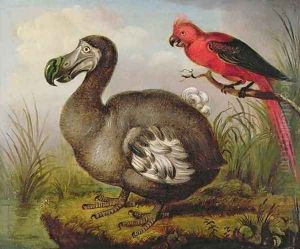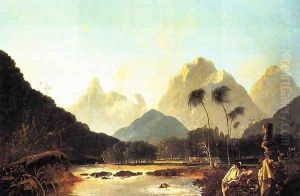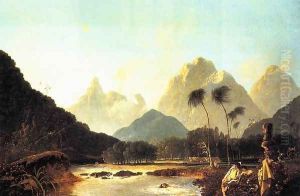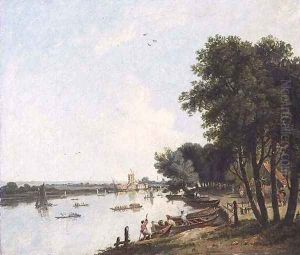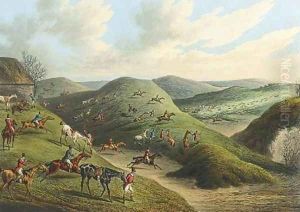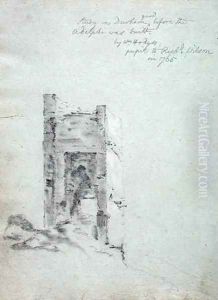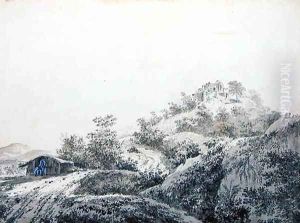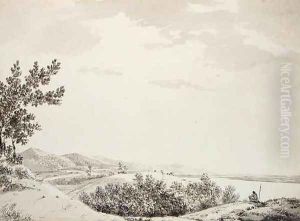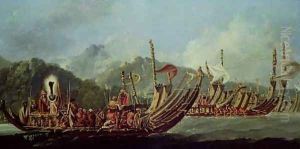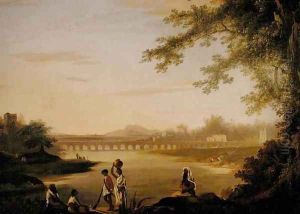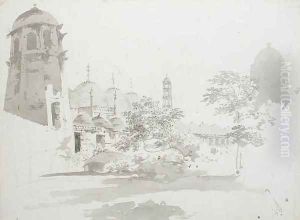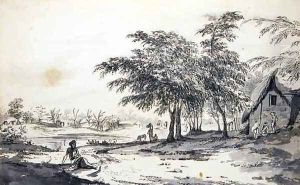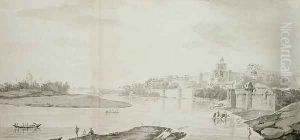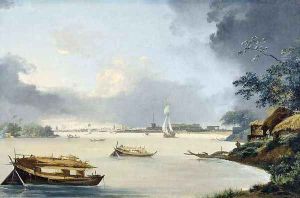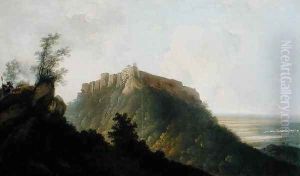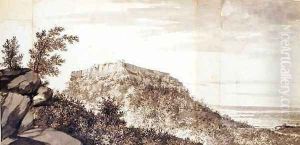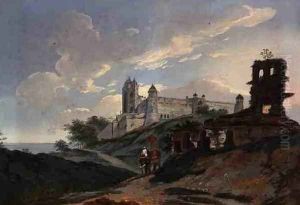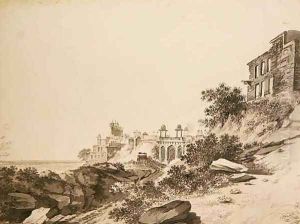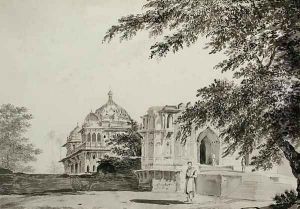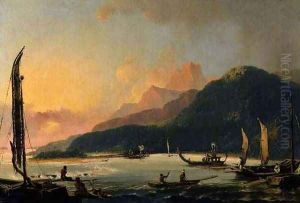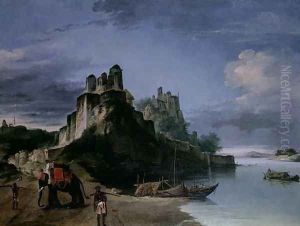William Hodges Paintings
William Hodges was a distinguished English landscape painter, born on October 28, 1744, in London. He is best remembered for his work as an artist on several voyages of exploration, including Captain James Cook's second voyage to the Pacific Ocean. Hodges was trained at Shipley's drawing school and later apprenticed to the landscape painter Richard Wilson, who was a significant influence on his work.
Hodges joined Cook's voyage in 1772, where he was employed to record the landscapes and peoples encountered during the expedition. His work from this period helped to shape European perceptions of the South Pacific and included some of the first European views of such places as Tahiti, Easter Island, and New Zealand. Hodges' paintings from the voyage are notable for their dramatic use of light and shadow, and they helped to enhance the reputation of landscape painting as a genre.
After returning to England in 1775, Hodges continued to paint scenes from his travels, exhibiting at the Royal Academy, where he was elected an associate in 1776 and a full member in 1782. His later work included landscapes of India, where he traveled from 1779 to 1783 as a company painter for the British East India Company. Hodges' Indian landscapes are particularly valued for their historical portrayal of British colonial presence in the subcontinent.
Throughout his career, Hodges struggled with financial difficulties and faced criticism from some contemporaries. Despite this, he continued to be an innovative and influential artist, integrating elements of sublime in the landscape, which would later influence Romanticism. Hodges published an illustrated book about his travels in India titled 'Select Views in India' between 1785 and 1788, which was well received.
William Hodges' contribution to art extends beyond his paintings. He delivered a series of lectures on art theory and criticism, which were published posthumously. His work has been seen not only as significant in the history of British art but also in the context of the cultural exchanges between Europe and the territories explored during his voyages.
Hodges' later years were marred by financial insolvency, and he died on March 6, 1797, in Brixham, Devon. Posthumously, his work has been reassessed, and he is now recognized as a key figure in the development of British landscape painting and for his role in documenting the early encounters between Europe and the wider world during the Age of Discovery.
